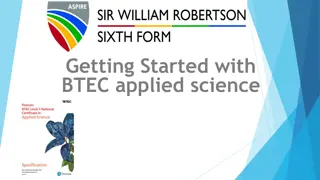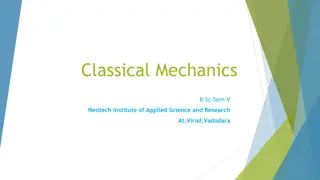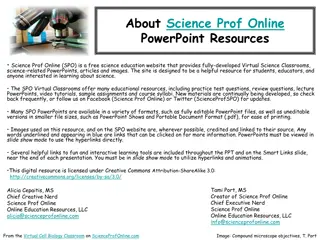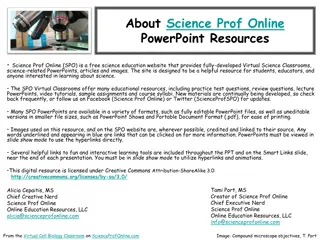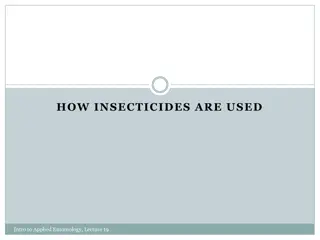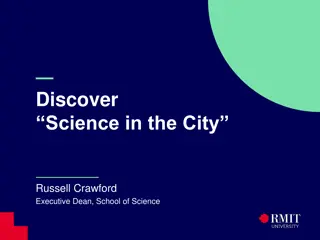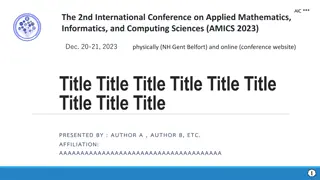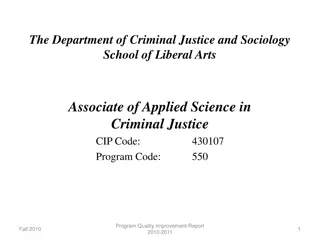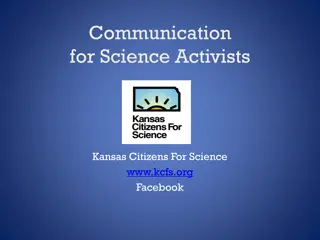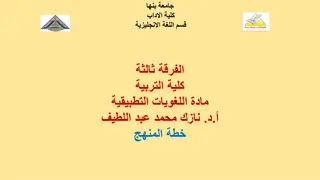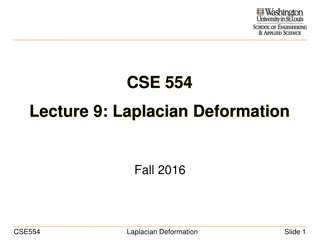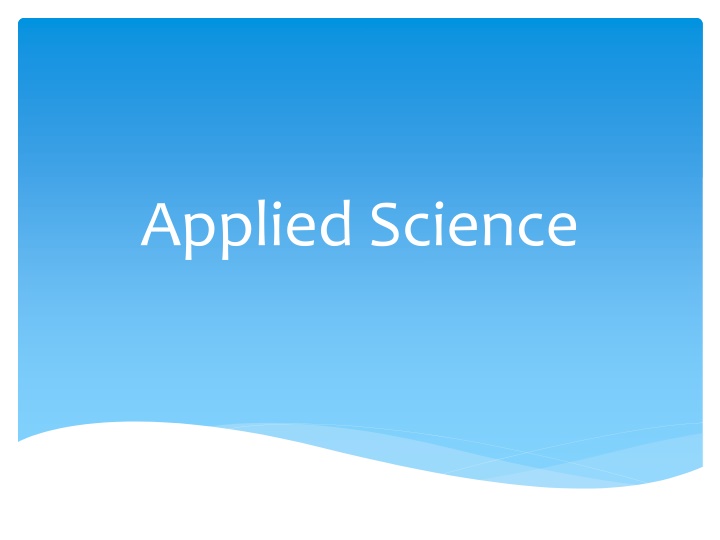
Unlocking the Potential of Applied Science Course
Explore the benefits of a two-year Applied Science course, which leads to a National Extended Certificate equivalent to one A-Level. Delve into the course structure, practical activities, and essential tips for success. Discover how chromatography experiments enhance learning and assessment criteria for achieving Pass, Merit, and Distinction levels.
Download Presentation

Please find below an Image/Link to download the presentation.
The content on the website is provided AS IS for your information and personal use only. It may not be sold, licensed, or shared on other websites without obtaining consent from the author. If you encounter any issues during the download, it is possible that the publisher has removed the file from their server.
You are allowed to download the files provided on this website for personal or commercial use, subject to the condition that they are used lawfully. All files are the property of their respective owners.
The content on the website is provided AS IS for your information and personal use only. It may not be sold, licensed, or shared on other websites without obtaining consent from the author.
E N D
Presentation Transcript
What do I get from the course? The two year course gets you a National Extended Certificate in applied science (Pass, Merit, Distinction or Distinction *) Equivalent to one A-Level BTEC nationals are accepted at over 95% of universities
What does the course entail? 4 units (2 in Year 12, 2 in Year 13) In year 12: Unit 1 = Principles and applications of science (Exam) Unit 2 = Practical scientific procedures and techniques (coursework) Both equally weighted In Year 13: Science investigation skills (coursework/exam) (2/3 s of year) Diseases and infections? (coursework) (1/3 of year)
What do I need to do? Be organised! There are strict deadlines on the pieces of coursework, these are in place to make sure you don t fall behind. Complete work after every lesson, you will be collecting results from practicals, and your teacher will be giving you key information every week. Independent research, to get your work to a distinction level, you are required to take your own initiative in your work
So here is an example of a practical you could be asked to do Chlorophyll is the green pigment in plants, it s role is to absorb the sunlight needed for photosynthesis. It is made up of many pigments. Today we will be separating those pigments using paper chromatography and identifying what pigments we manage to separate.
The science-y bit The solvent will dissolve all or most of the pigments. (If any of the sample has stayed on the pencil line then it hasn t dissolved that.) Because different pigments have different solubilities, they will move up the paper different distances. The least soluble will move the shortest distance and the most soluble will move the most. The Rf value is a standardised number, which can identify the pigment.
If this was part of your actual assignment you would now be expected to: For a pass: Explain the use of chromatographic techniques For a merit, you would need to do the pass task and: Analyse your chromatograms and relate the factors affecting the separation of mixtures and the quality of results obtained For a distinction, you would need to do the pass and merit task and: Evaluate the chromatographic techniques used in relation to outcomes
Any questions? If you have any further questions on the course, please do not hesitate to get in touch estokes@nationalce-ac.org.uk



